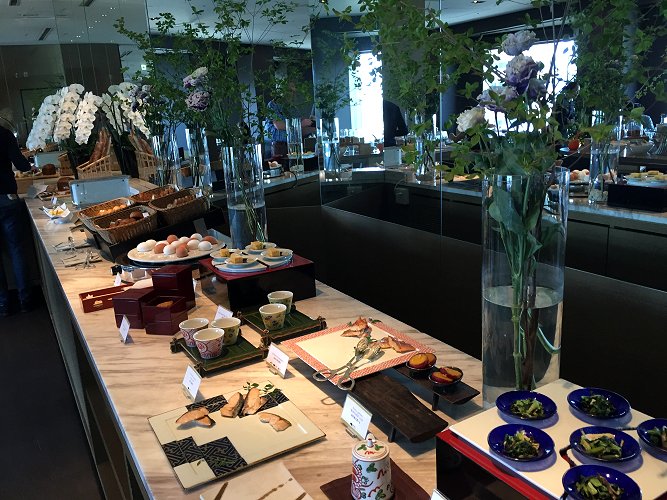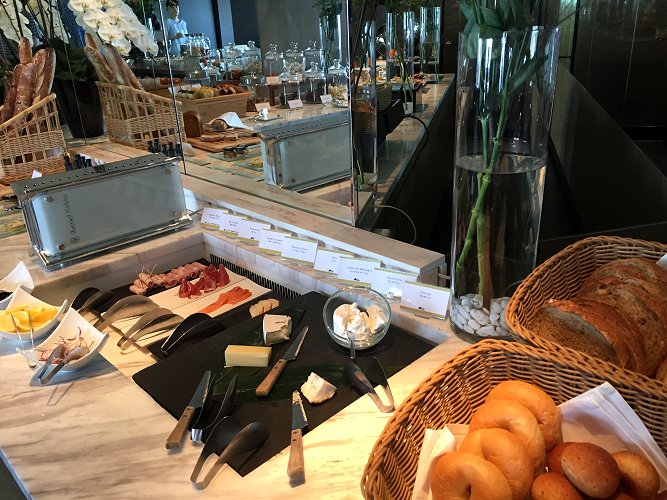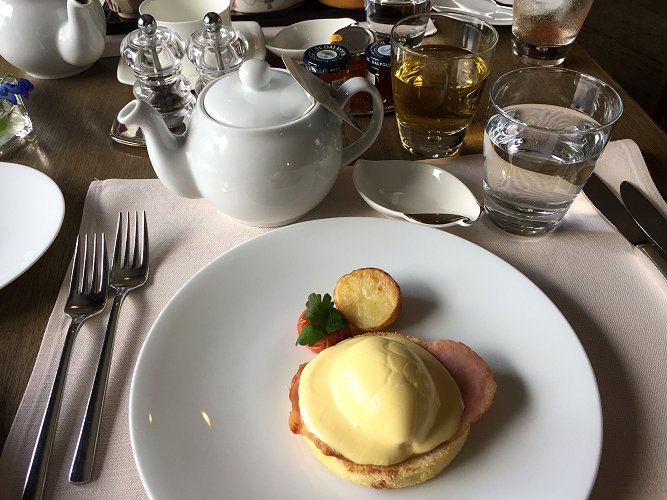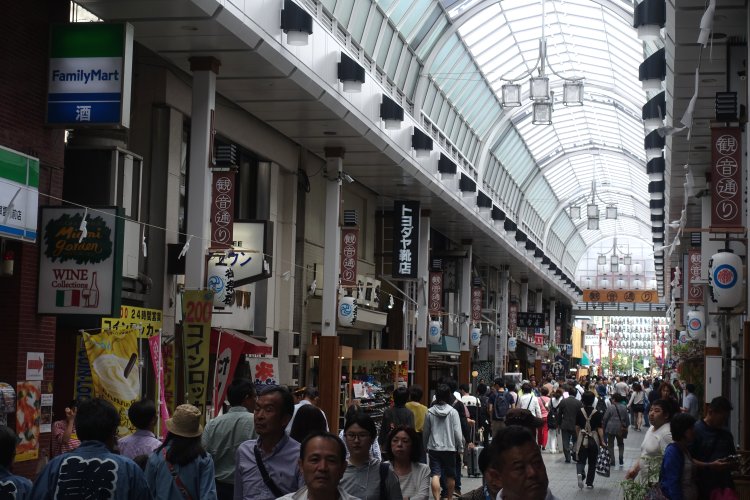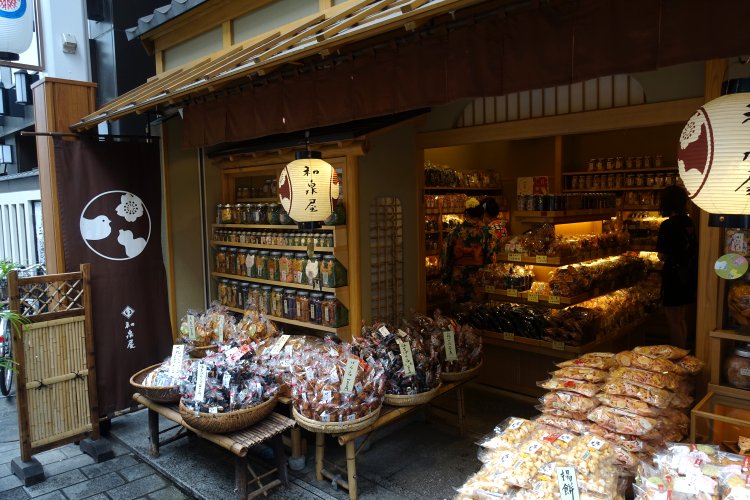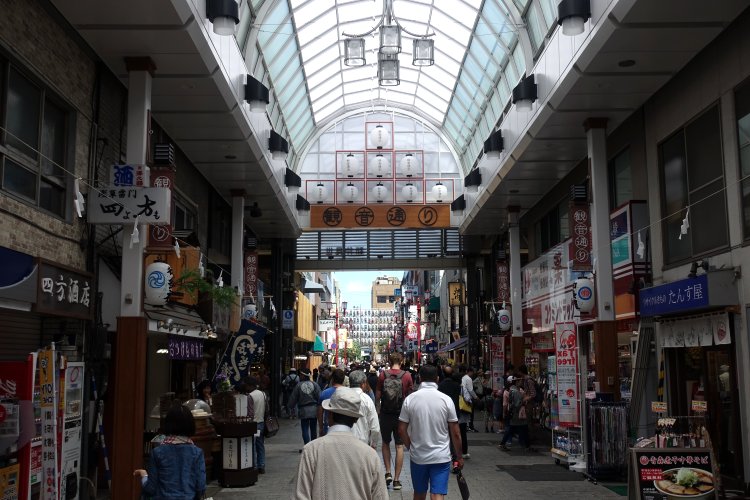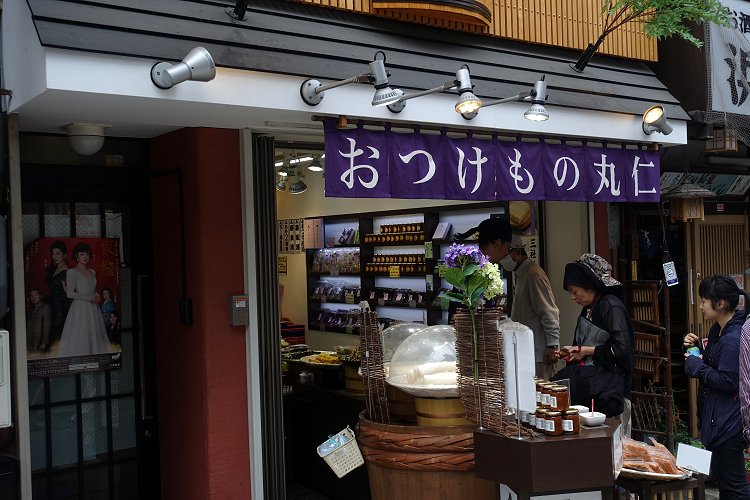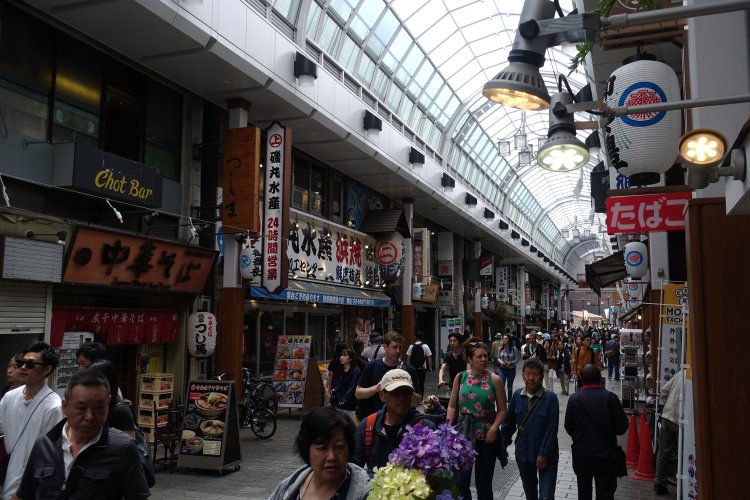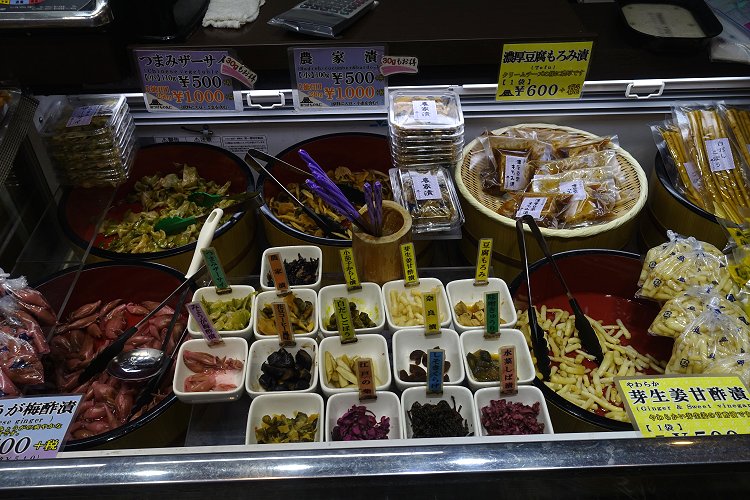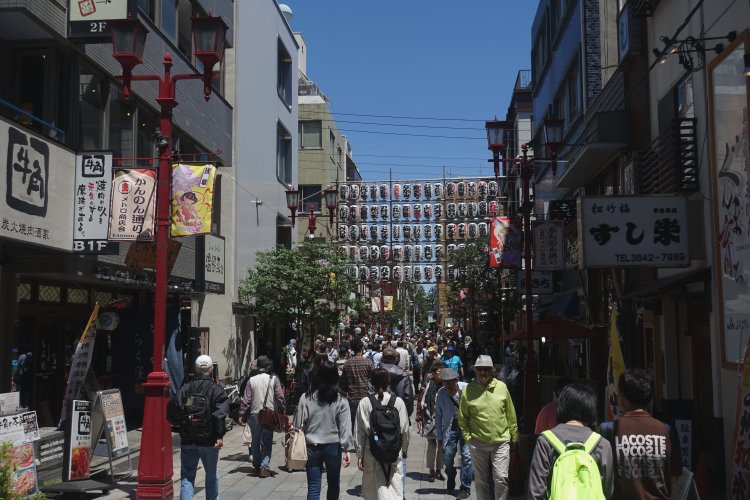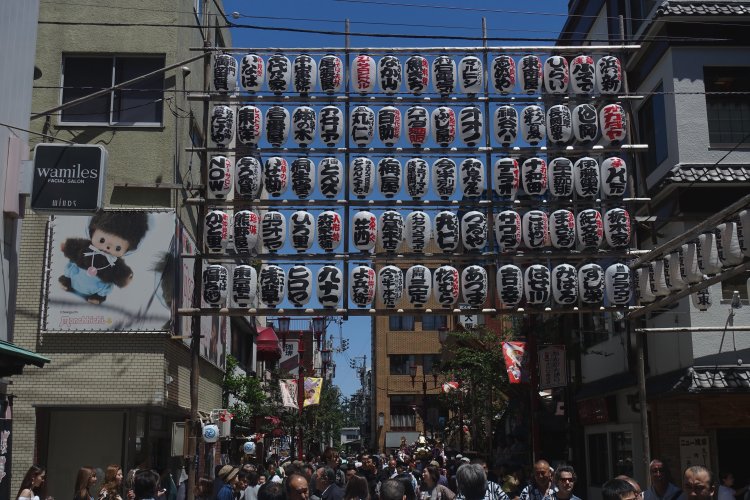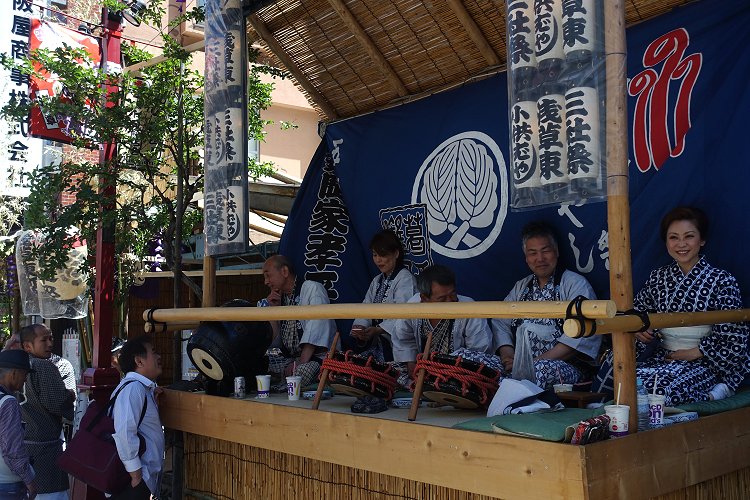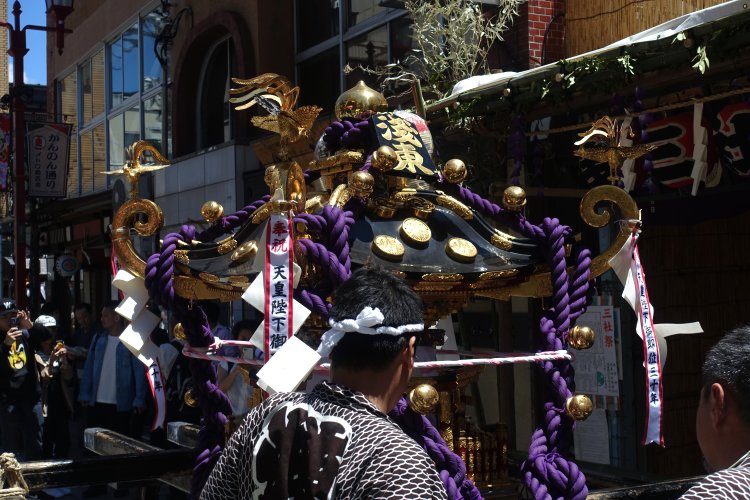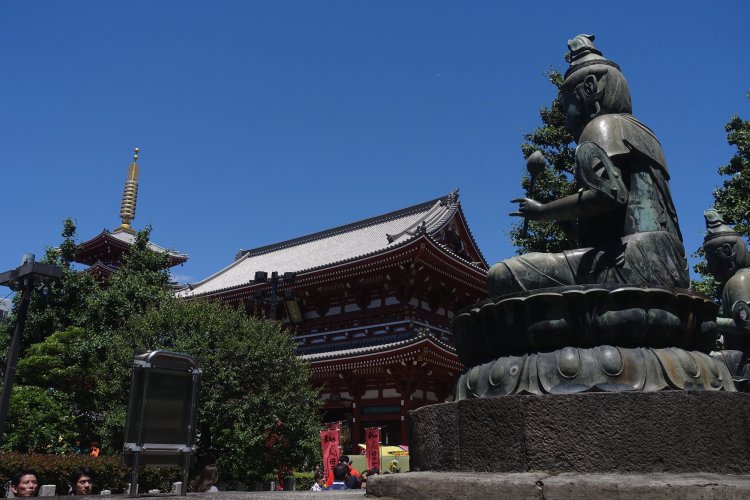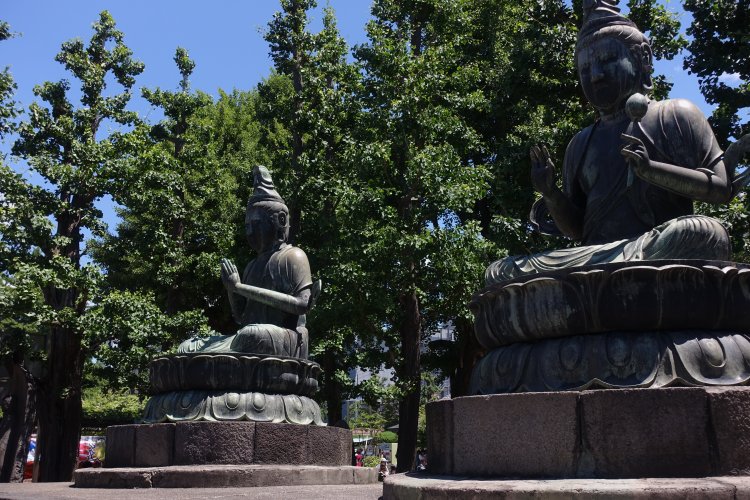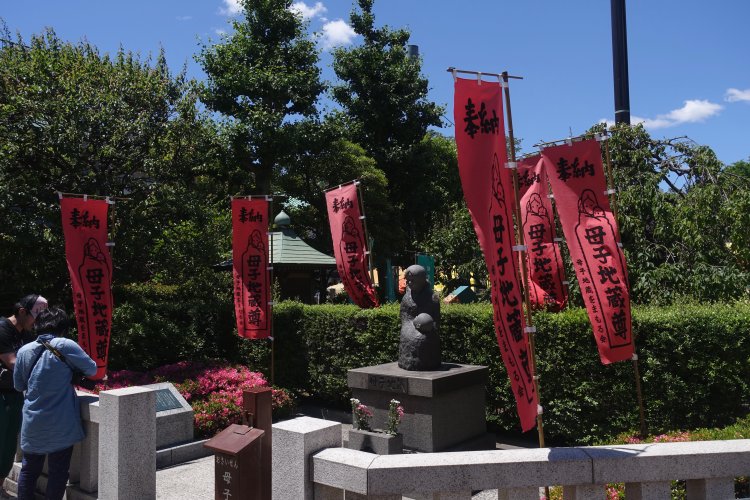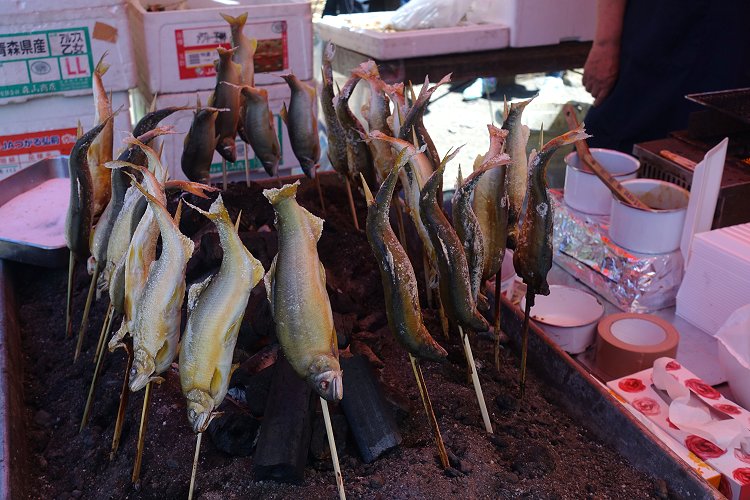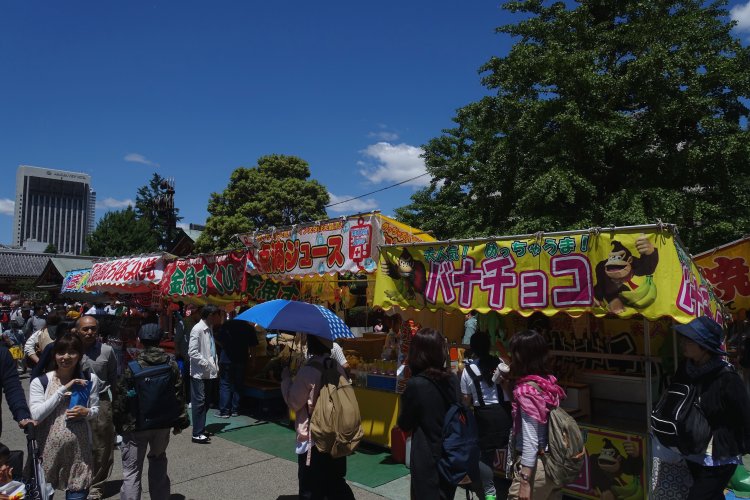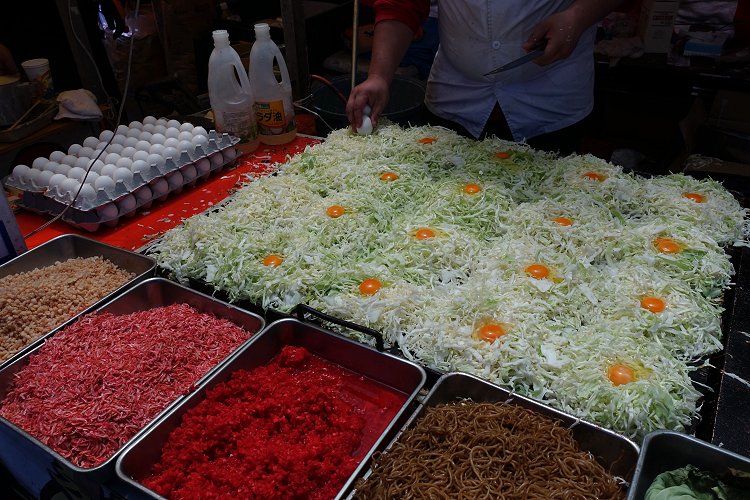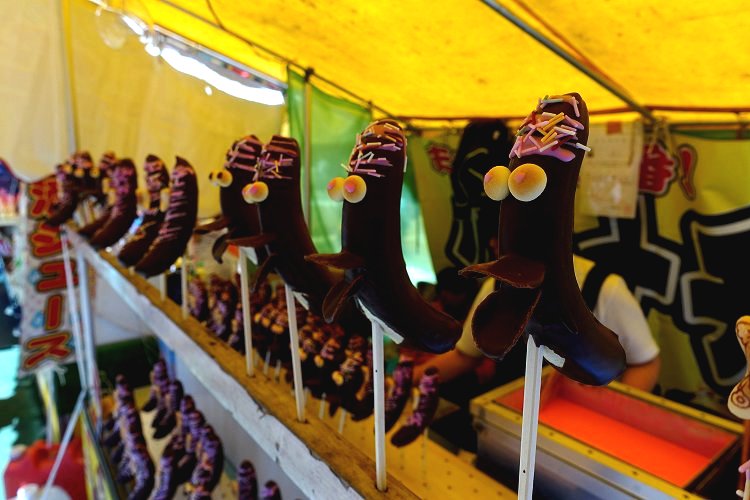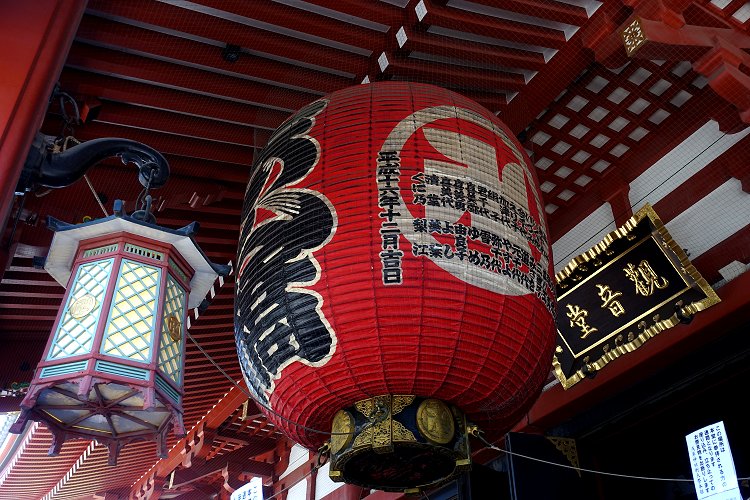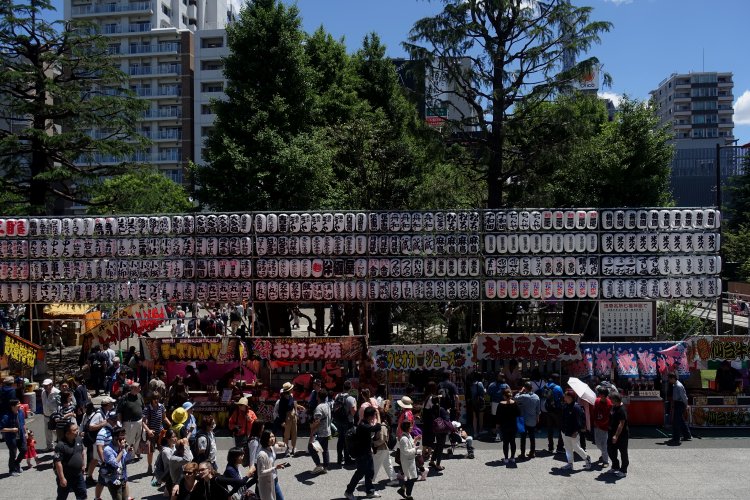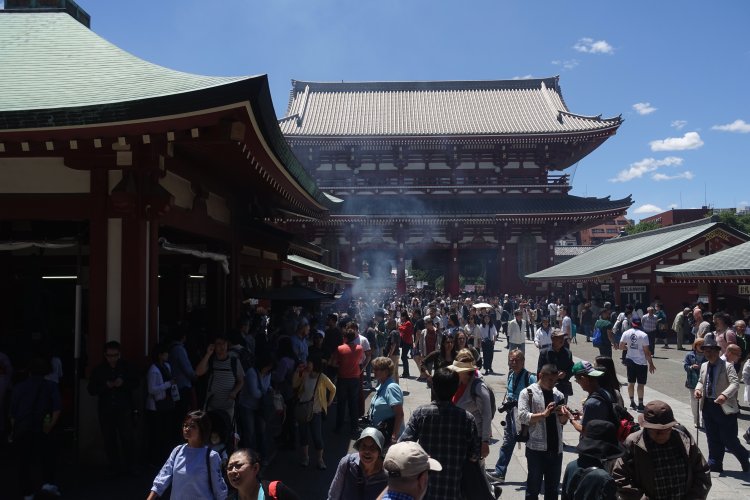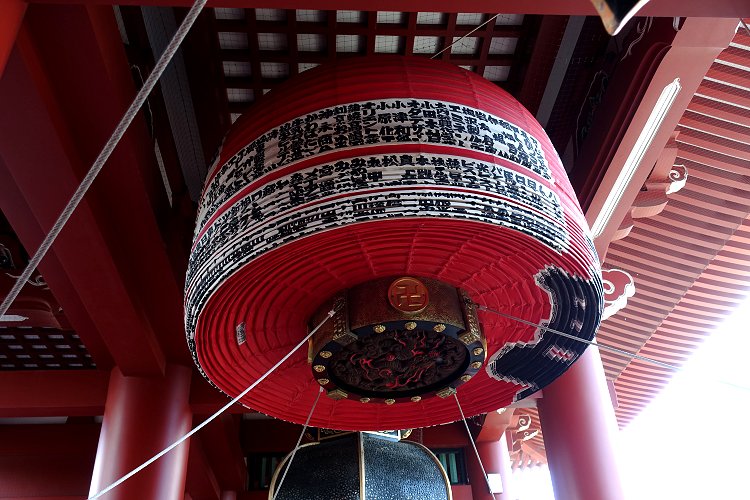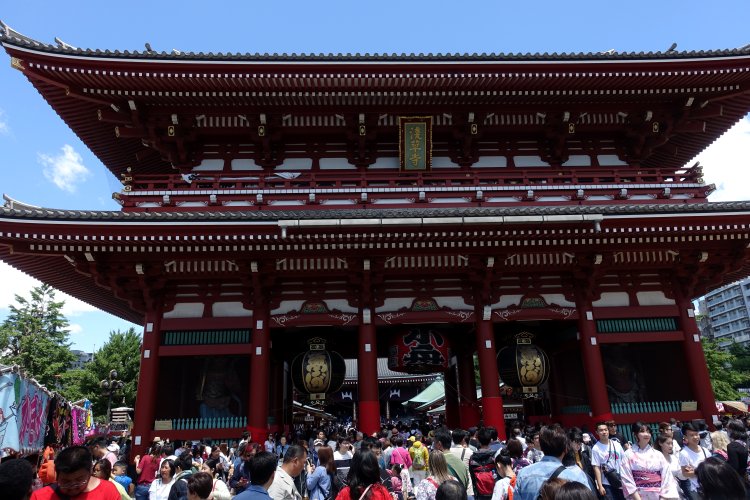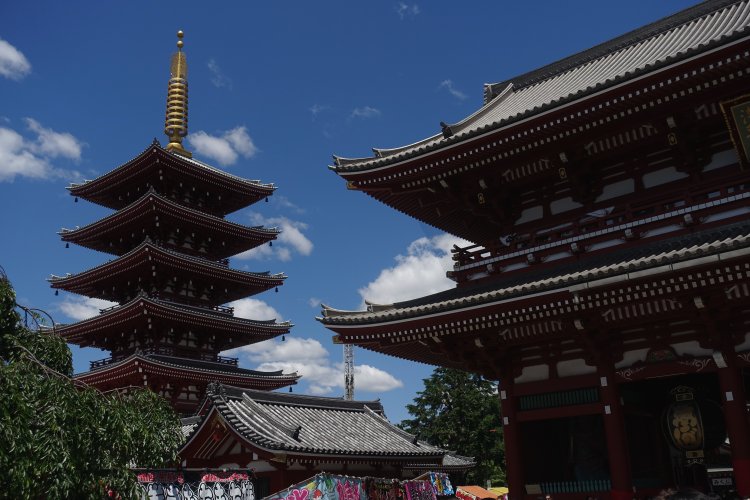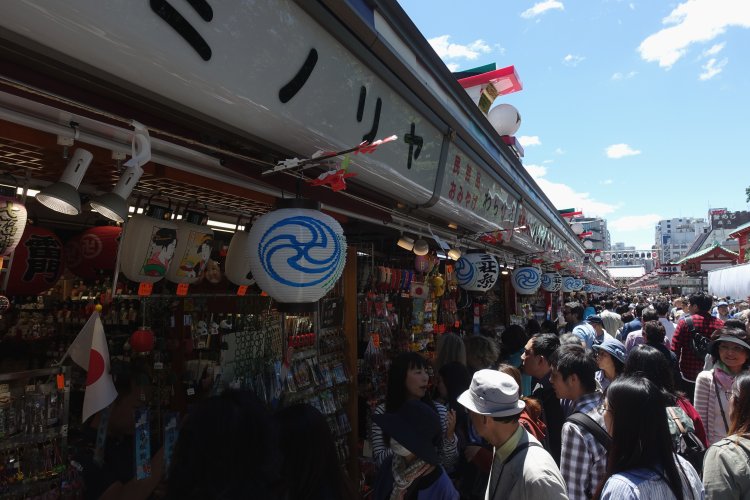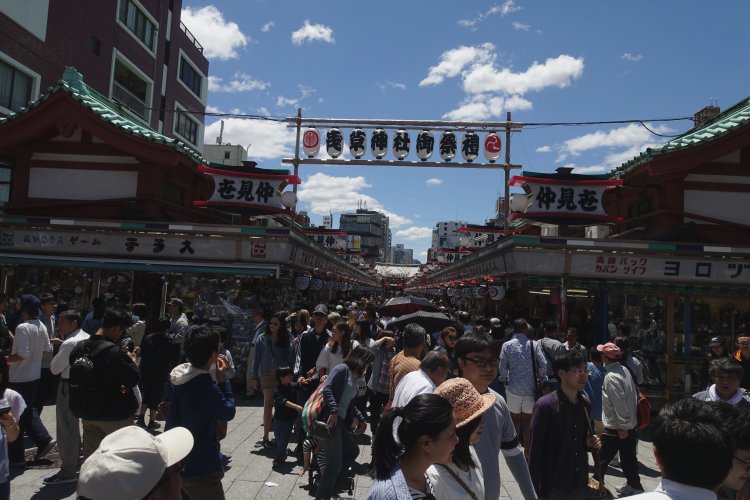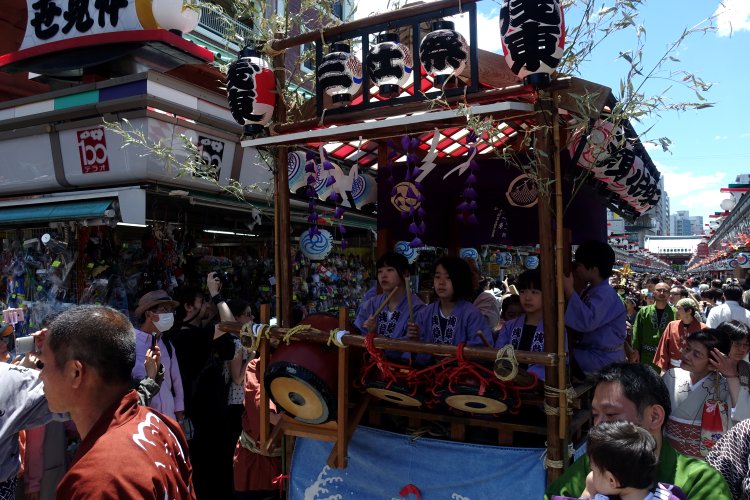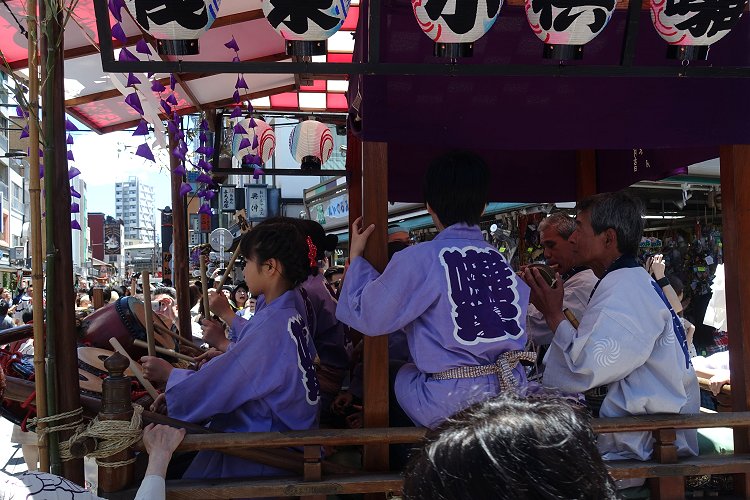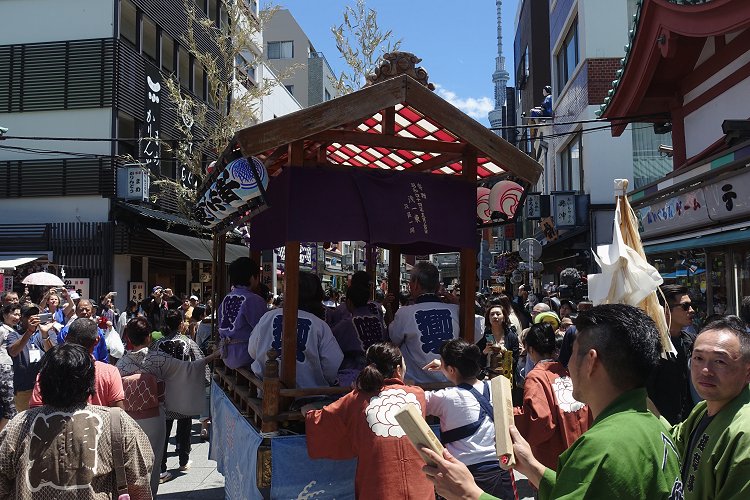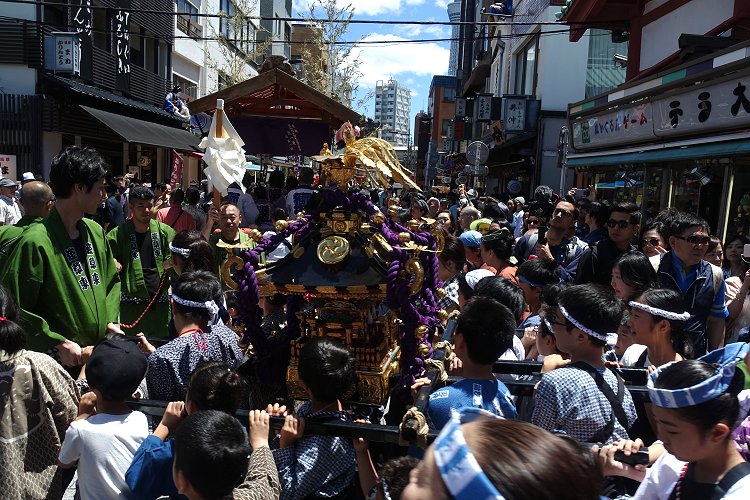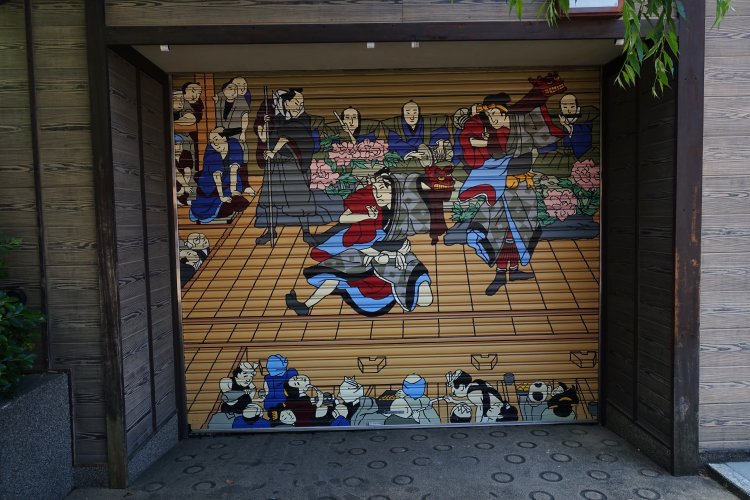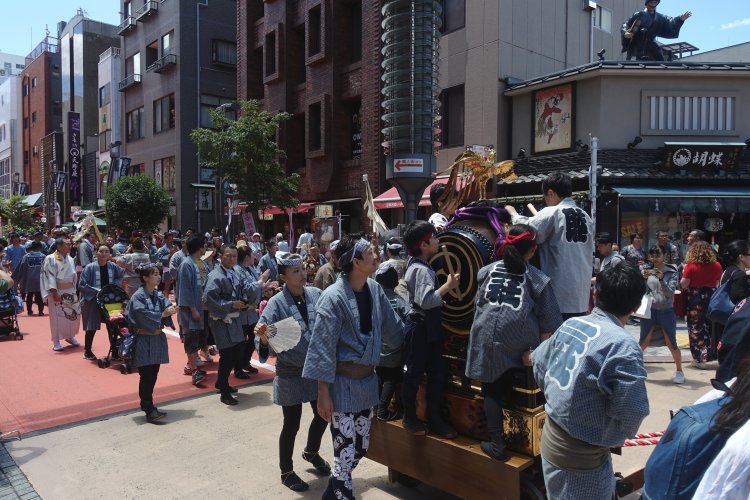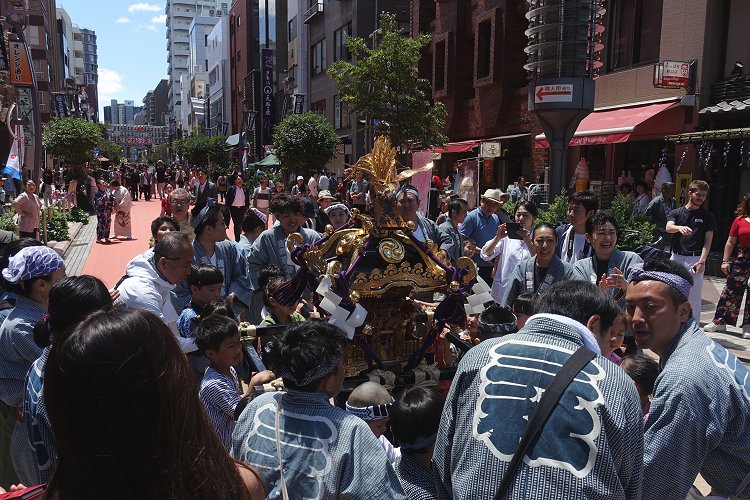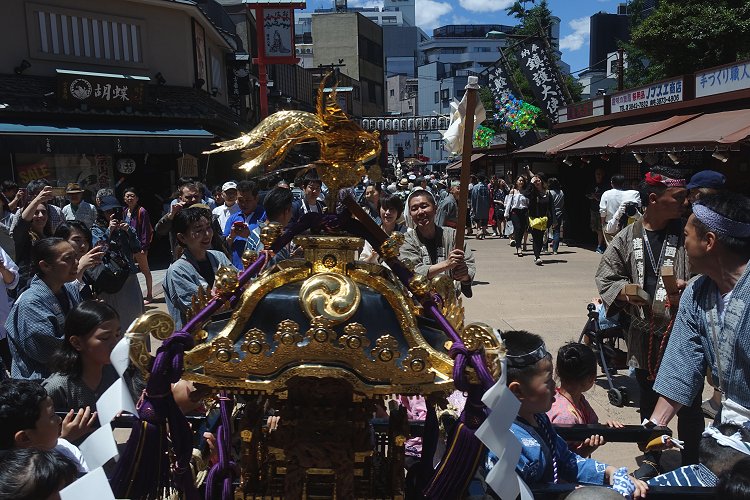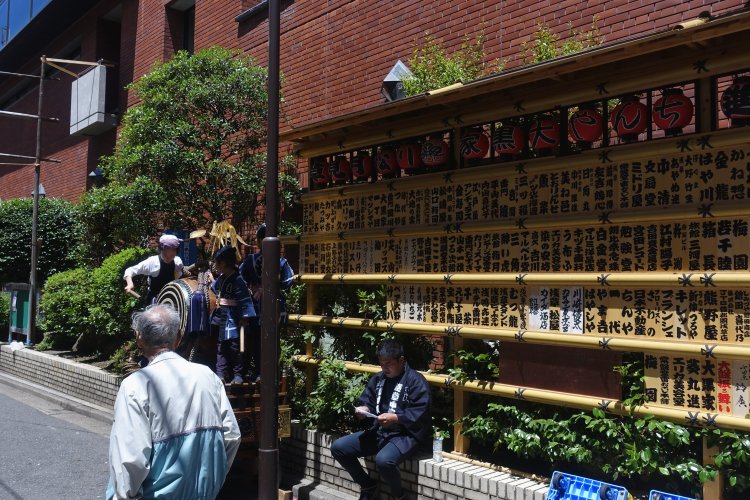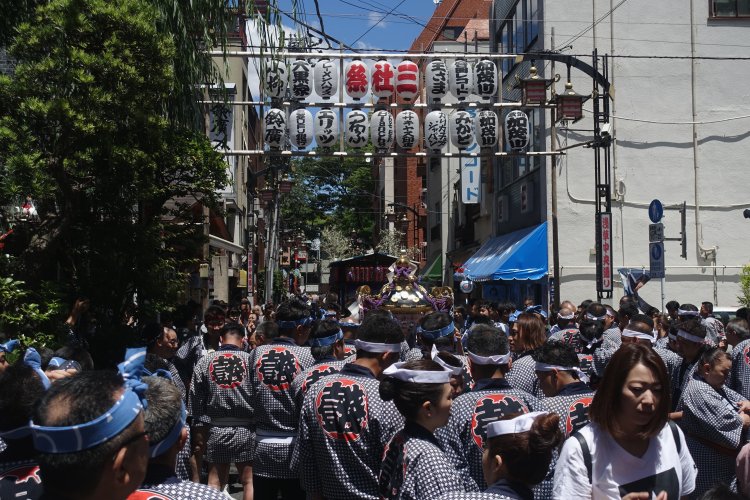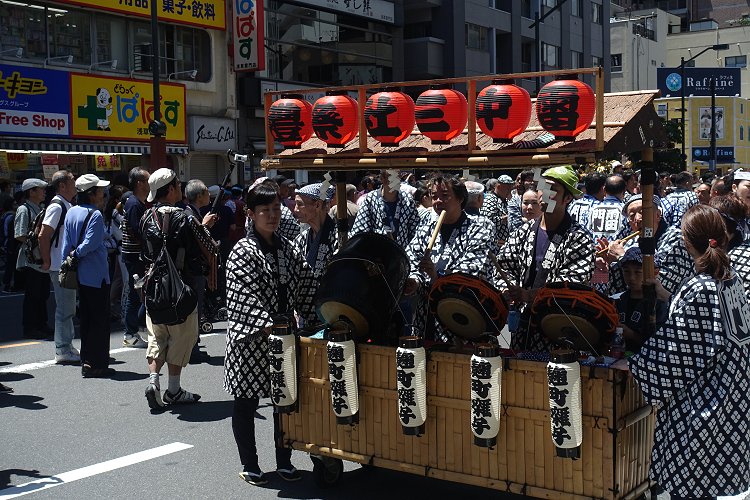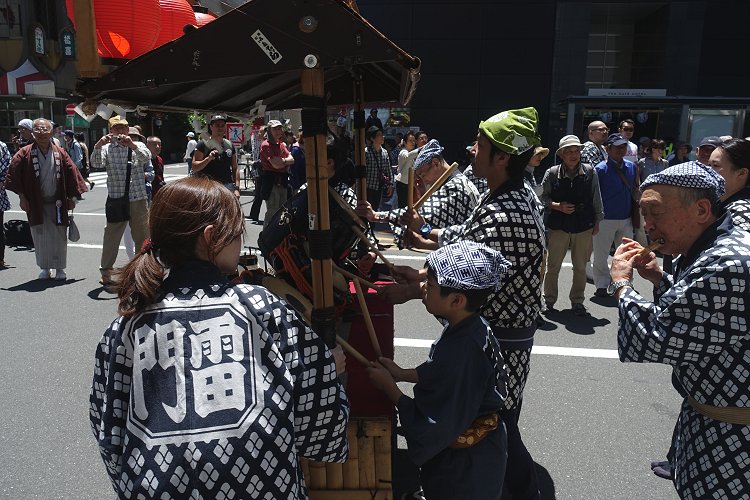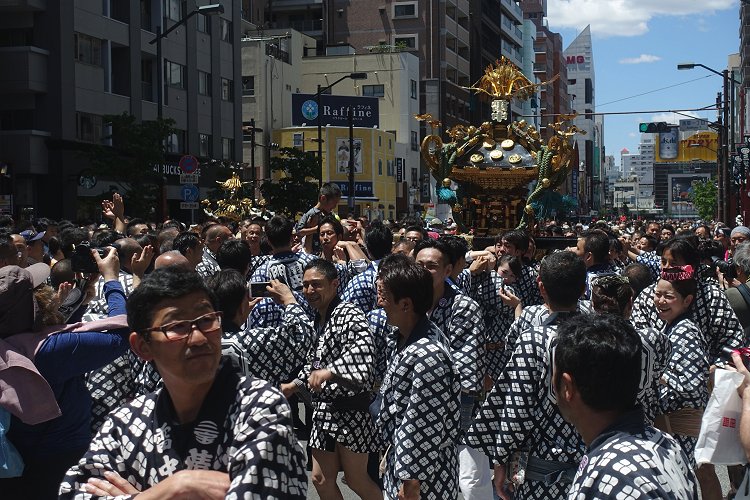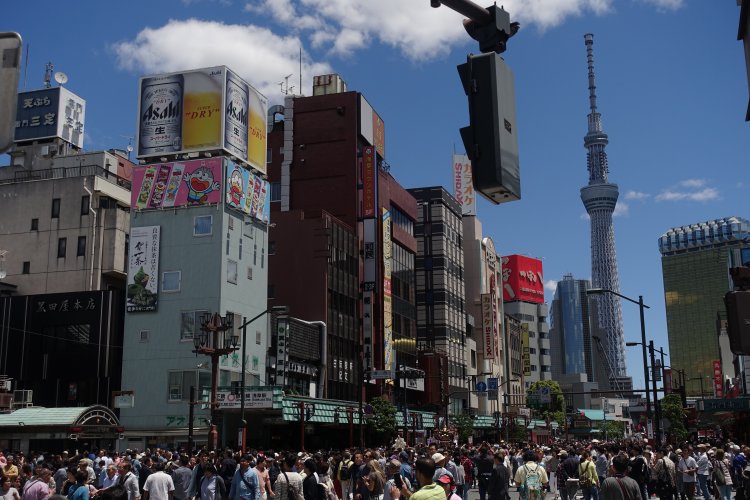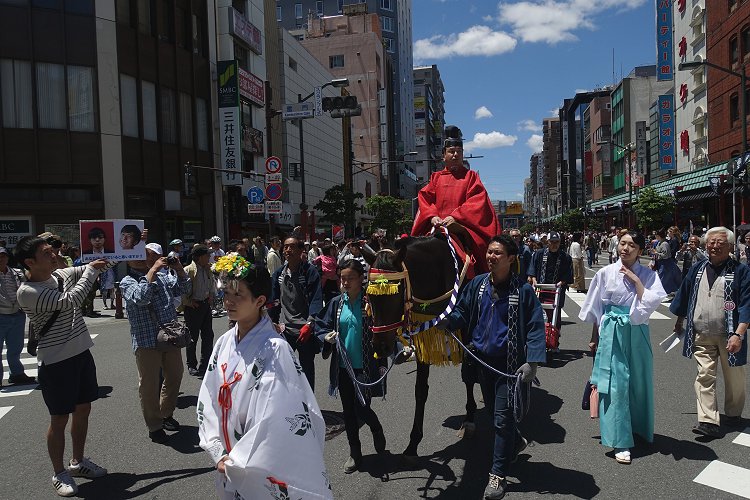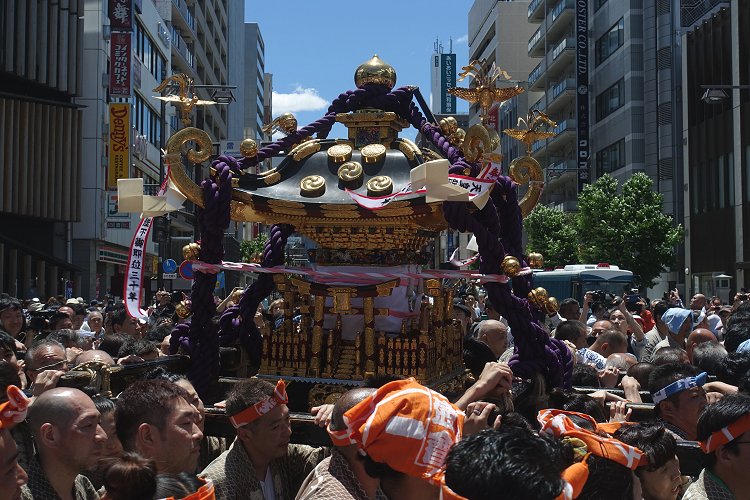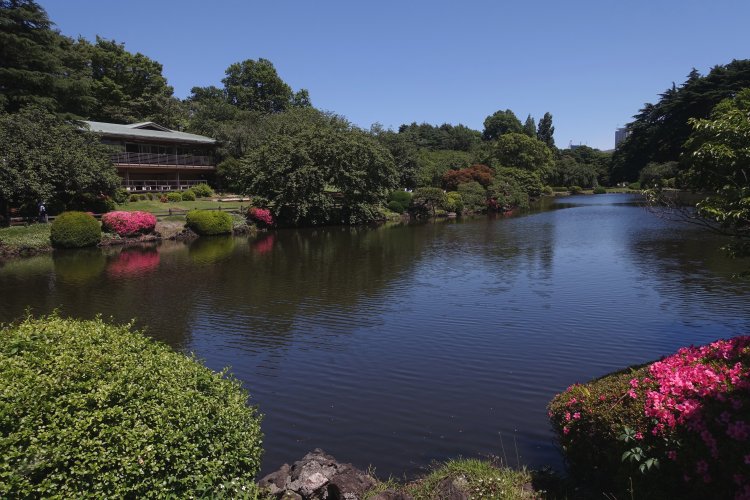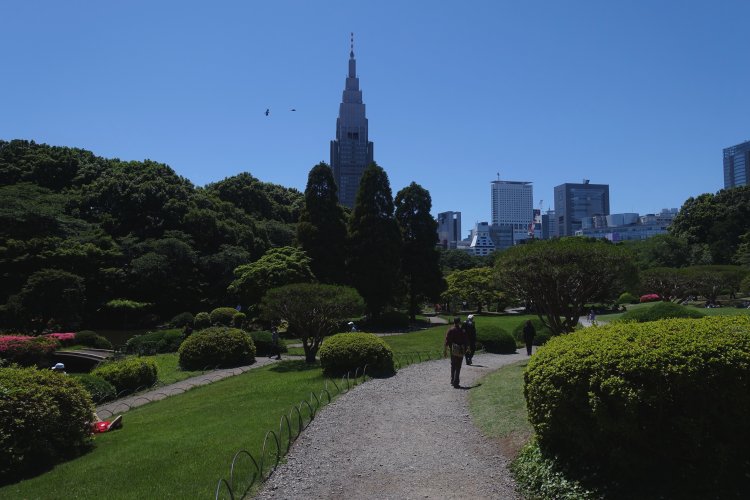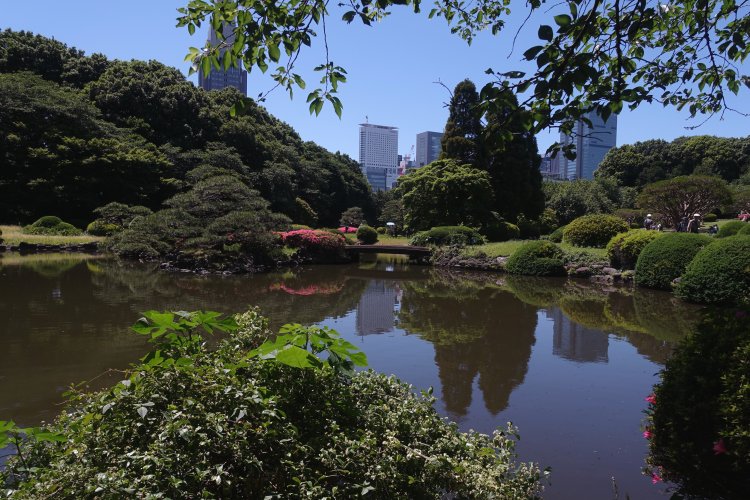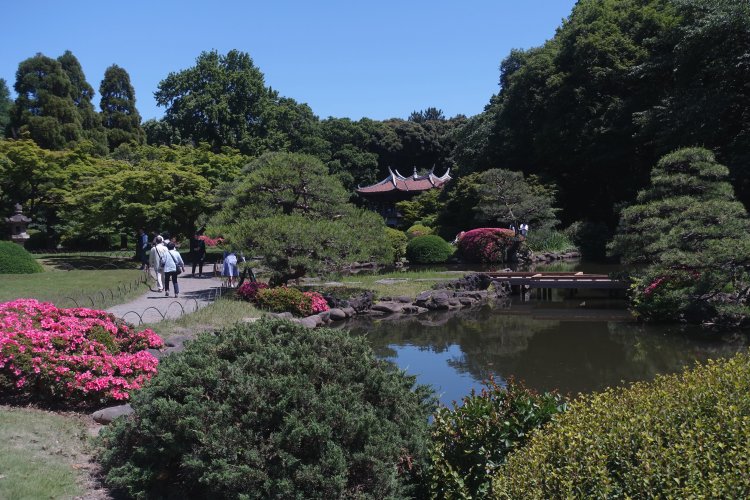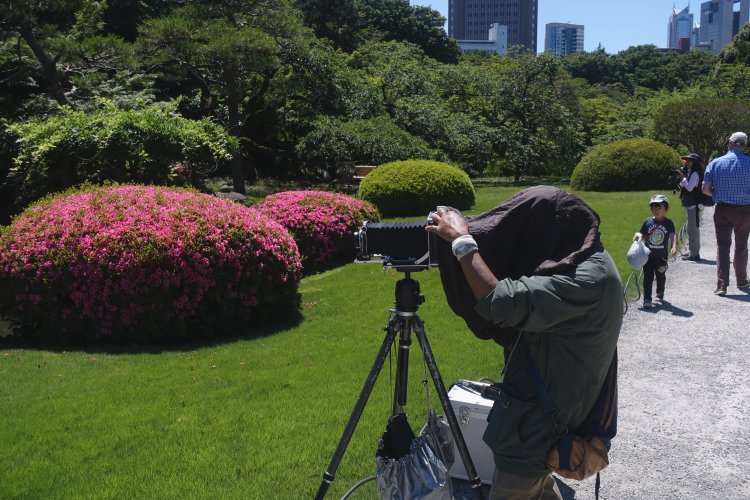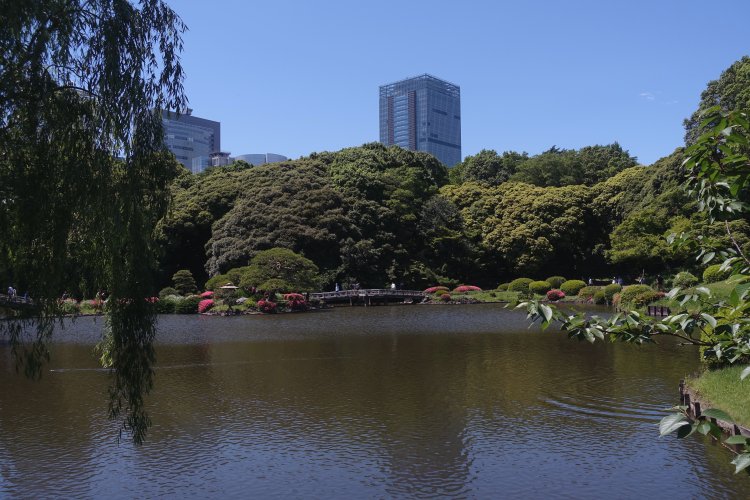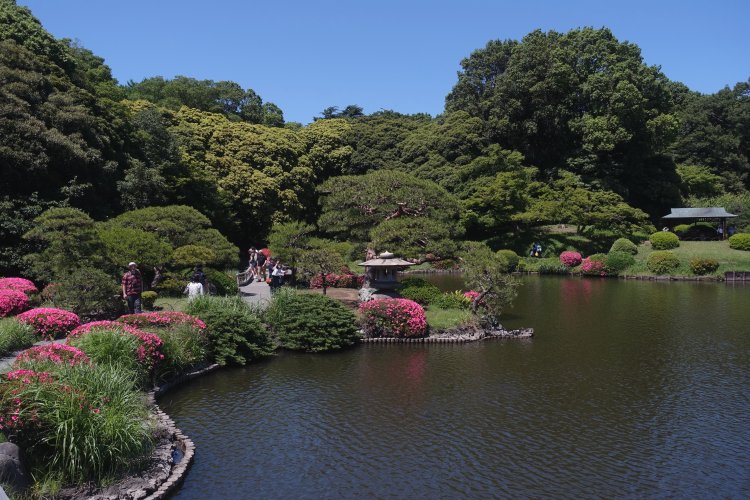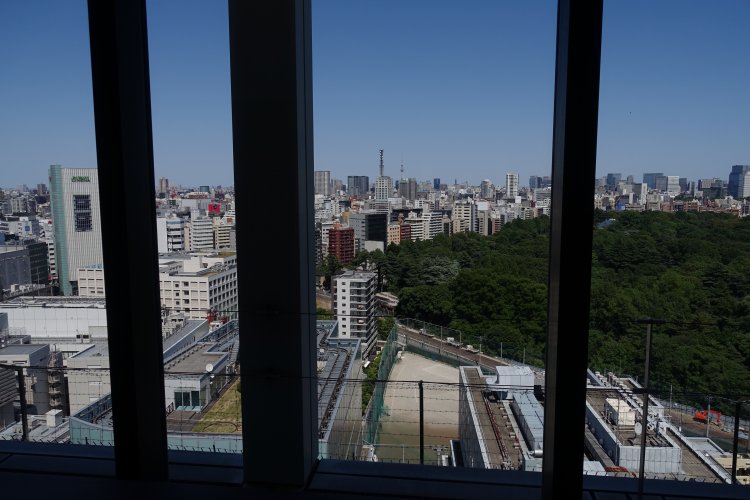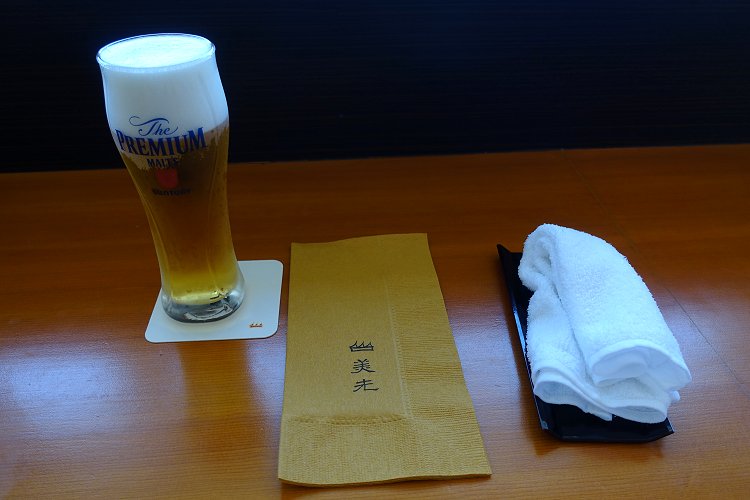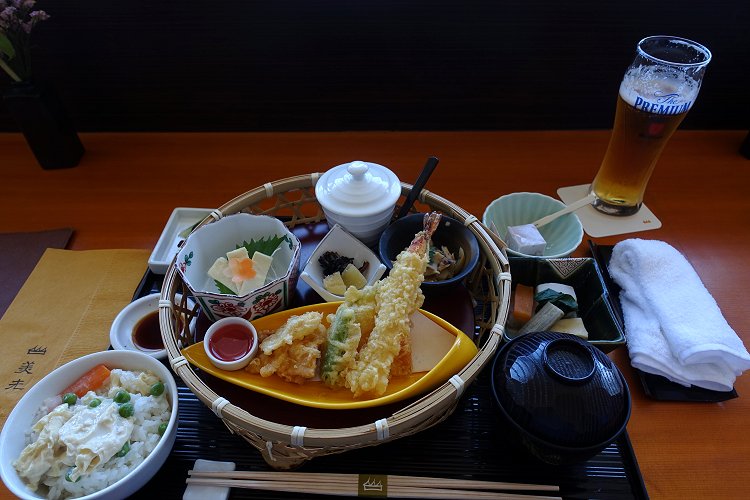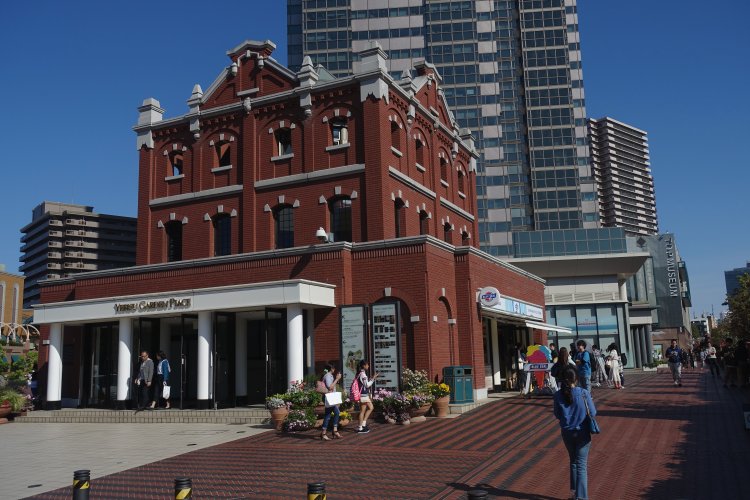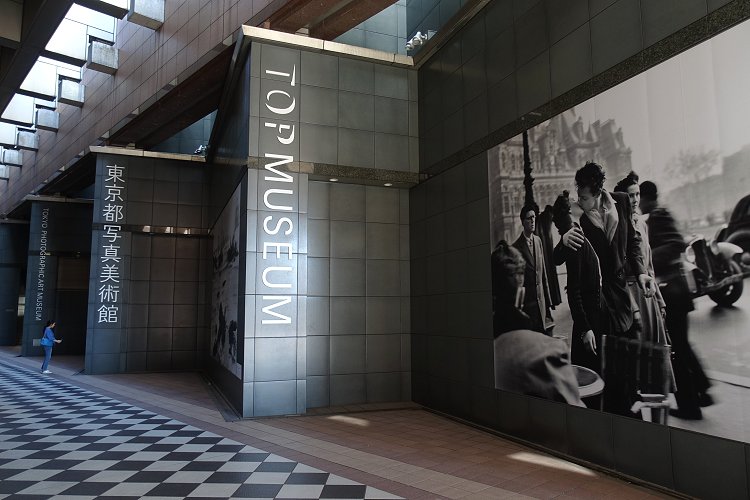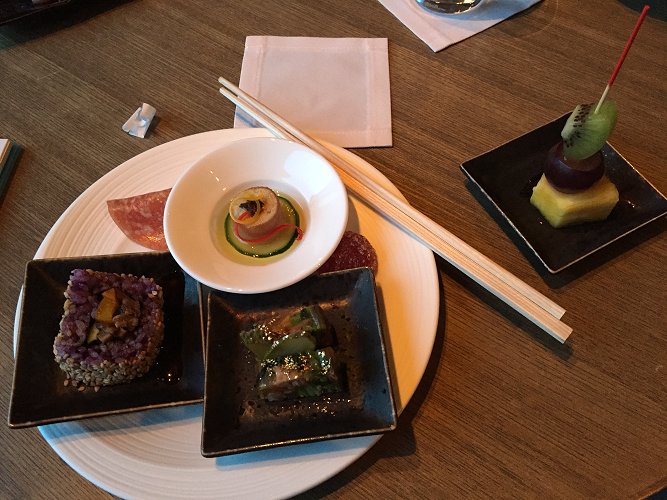Round The World and other travels
A frequent flyer's collection of trip diaries
This is: Japan 2018
Shrines and shrubs, cameras and canapés
 Bruce had accurately predicted that we would
be up early with jetlag, and accordingly had planned an early start
to our full-day sigtseeing programme. Breakfast was, of course, in
the fabulous Club InterContinental lounge, the centrepiece of mine
being cooked-to-order Eggs Benedict. We were able to adhere to the
plan and were on our way by 9am, walking initially to the nearby
Tameike-Sannō metro station to acquire a day ticket each. We then
boarded a Ginza-Line train and rode for 13 stops to Asakusa.
Bruce had accurately predicted that we would
be up early with jetlag, and accordingly had planned an early start
to our full-day sigtseeing programme. Breakfast was, of course, in
the fabulous Club InterContinental lounge, the centrepiece of mine
being cooked-to-order Eggs Benedict. We were able to adhere to the
plan and were on our way by 9am, walking initially to the nearby
Tameike-Sannō metro station to acquire a day ticket each. We then
boarded a Ginza-Line train and rode for 13 stops to Asakusa.
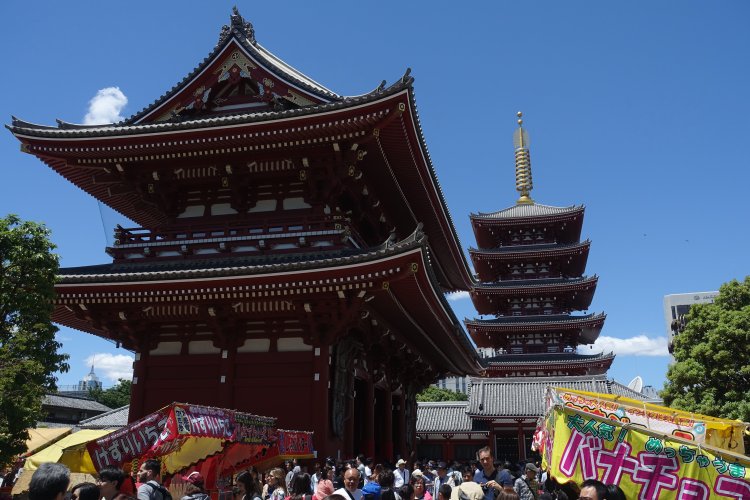 This is an 'old town' district of Tokyo,
famous for an array of religious buildings and a number of religious
festivals. Two of the best known buildings are close neighbours: the
Asakusa Shrine is a Shinto shrine, but the most famous of
all is the adjacent Sensō-ji, a Buddhist temple. Dedicated
to the ideal of compassion, it is of ancient origin - and perhaps
surprisingly to most Westerners, it is believed to be the most visited
spiritual site in the world.
This is an 'old town' district of Tokyo,
famous for an array of religious buildings and a number of religious
festivals. Two of the best known buildings are close neighbours: the
Asakusa Shrine is a Shinto shrine, but the most famous of
all is the adjacent Sensō-ji, a Buddhist temple. Dedicated
to the ideal of compassion, it is of ancient origin - and perhaps
surprisingly to most Westerners, it is believed to be the most visited
spiritual site in the world.
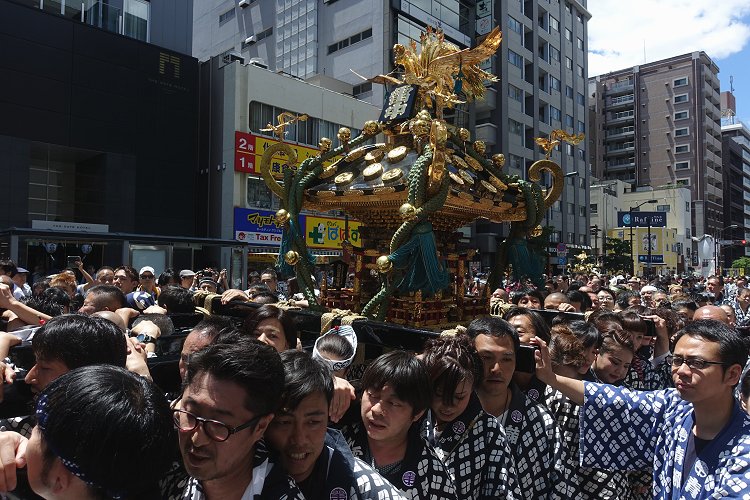 Turning now to the festivals, we were
pleasantly surprised and indeed delighted to find out that the 'big
daddy' of them all - the annual Sanja Matsuri - was taking
place on the very weekend of our visit. This festival involves lots
of parades where people (mainly men, and according to our
observations, mainly well-oiled
Turning now to the festivals, we were
pleasantly surprised and indeed delighted to find out that the 'big
daddy' of them all - the annual Sanja Matsuri - was taking
place on the very weekend of our visit. This festival involves lots
of parades where people (mainly men, and according to our
observations, mainly well-oiled
![]() ) carry heavy Shinto shrines through the crowds. When one of these groups
passed very close to us, Bruce memorably asked me: Did you catch
the beer and B.O.? In truth, there was a whiff in the air
suggesting that the shrine-bearers did appear to have splashed on
generous quantities of Eau de Booze & Stale Sweat that
morning. Ah well, it was no doubt thirsty work and they'd
been at it since Friday!
) carry heavy Shinto shrines through the crowds. When one of these groups
passed very close to us, Bruce memorably asked me: Did you catch
the beer and B.O.? In truth, there was a whiff in the air
suggesting that the shrine-bearers did appear to have splashed on
generous quantities of Eau de Booze & Stale Sweat that
morning. Ah well, it was no doubt thirsty work and they'd
been at it since Friday!
![]()
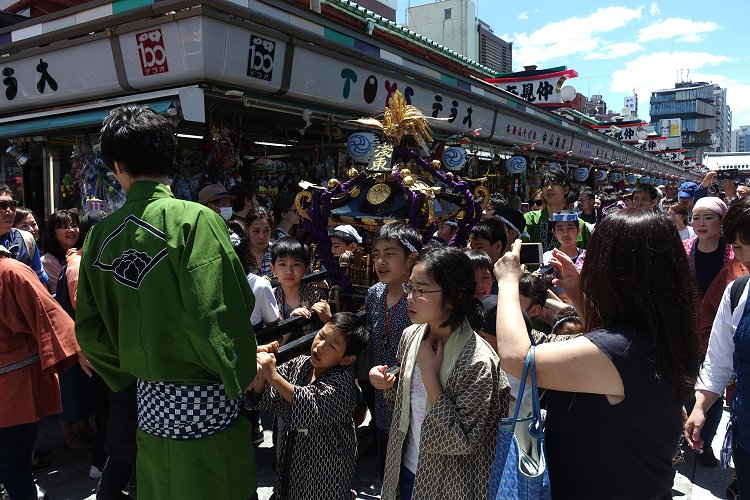 On a more secular level - or at least, with
no nominal connection to religious beliefs - another Asakusa
attraction was the Nakamise shopping street. We spent at
least an hour exploring what the area had to offer, whether on a
permanent basis or, thanks to serendipity, on this particular
morning.
On a more secular level - or at least, with
no nominal connection to religious beliefs - another Asakusa
attraction was the Nakamise shopping street. We spent at
least an hour exploring what the area had to offer, whether on a
permanent basis or, thanks to serendipity, on this particular
morning.
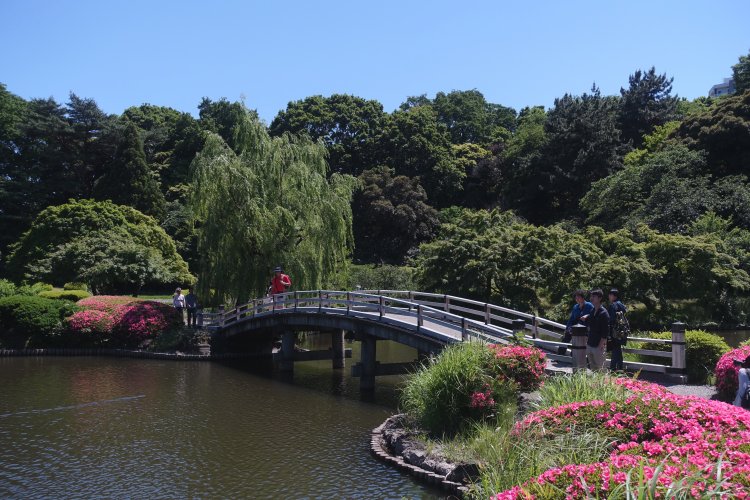 Our next objective was the Shinjuku
Gyoen park and gardens, located around 10km west and a little
south of Asakusa. The transfer required two trains and there was a
minor hiccup with the second one when we discovered that it was
operated by JR (the Japanese national railway), so that our subway
passes wouldn't be valid. The park was historically the home of
aristocracy, but eventually became a national park and garden.
Entering by the Sendagaya Gate and leaving by the Shinjuku Gate, we
enoyed the pleasant surroundings and beautiful weather,
concentrating on seeing the Japanese Garden.
Our next objective was the Shinjuku
Gyoen park and gardens, located around 10km west and a little
south of Asakusa. The transfer required two trains and there was a
minor hiccup with the second one when we discovered that it was
operated by JR (the Japanese national railway), so that our subway
passes wouldn't be valid. The park was historically the home of
aristocracy, but eventually became a national park and garden.
Entering by the Sendagaya Gate and leaving by the Shinjuku Gate, we
enoyed the pleasant surroundings and beautiful weather,
concentrating on seeing the Japanese Garden.
Walking to the heart of the busy Shinjuku district, we found a lunch venue on the top floor of the Times Square building. This provided fabulous views across Tokyo and had a nice-looking bento box concept, but sadly the food itself turned out to be mediocre.
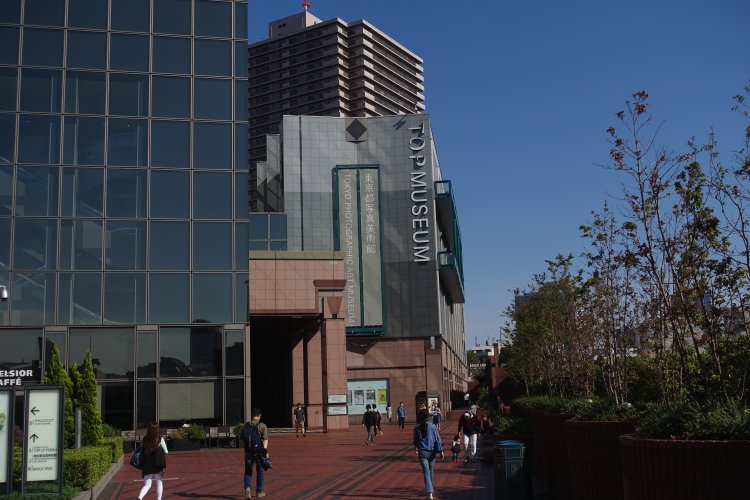 Duly refreshed, if a little disappointed at
the food, we set out for our next destination, around five or six
kilometres to the south. The Tokyo Photographic Art Museum, better
known as the TOP Museum, is located in Meguro, a reasonably short
walk from Ebisu station. The train was once again operated by JR,
which meant stumping up another unexpected fare. The museum provided
welcome relief from the increasingly searing temperatures outside,
but sadly no photography was allowed inside the building.
Duly refreshed, if a little disappointed at
the food, we set out for our next destination, around five or six
kilometres to the south. The Tokyo Photographic Art Museum, better
known as the TOP Museum, is located in Meguro, a reasonably short
walk from Ebisu station. The train was once again operated by JR,
which meant stumping up another unexpected fare. The museum provided
welcome relief from the increasingly searing temperatures outside,
but sadly no photography was allowed inside the building.
We made our way back to base after that,
conscious that we had done a lot and also that we wanted to once
again make full use of that wonderful executive lounge! After time
to cool off and freshen up, we thoroughly enjoyed a second fabulous
evening in the Club InterContinental, this time drinking very well
made Manhattan cocktails. As previously, there was absolutely no
need for a follow-up dinner. And so ended a long, but hugely
successful day in Tokyo.
![]()
![]()
